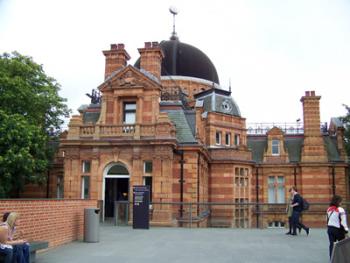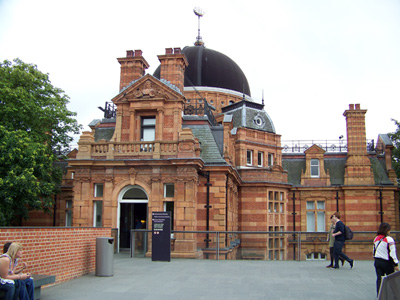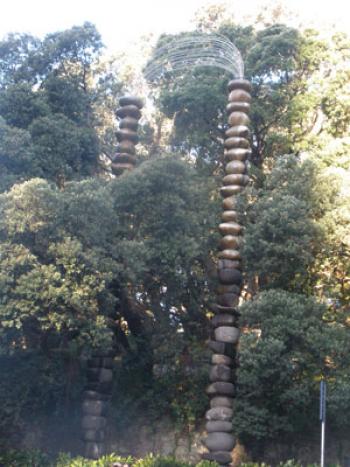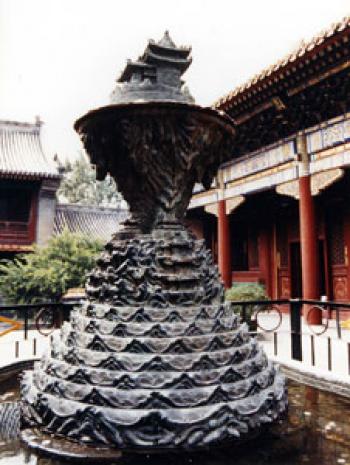
Royal Observatory in Greenwich, England
December 1969 Issue
Royal Observatory in Greenwich, England
The subject of January’s photo is the beginning of time and space. Well, to be more precise, it’s the Royal Observatory in Greenwich, England, home to the Prime Meridian.
This line, arbitrarily designated by Sir George Airy in 1851, was officially adopted at an international conference in 1884 by a couple dozen shipping nations. (Preferring a different demarcation point, France abstained.) It marks 0° longitude and the starting point for the 24 time zones on Earth that were established.
Visitors to Greenwich can stand in the Meridian Courtyard astride a stainless-steel strip and have one foot in the Western Hemisphere and one in the Eastern. A green laser overhead also marks the line of the Prime Meridian.
Eight readers sent in correct answers, and DERALD D. NYE of Corona de Tucson, Arizona, won the drawing. We thank Robert F. Disciscio of Sun City, Arizona, for contributing the photo.



















